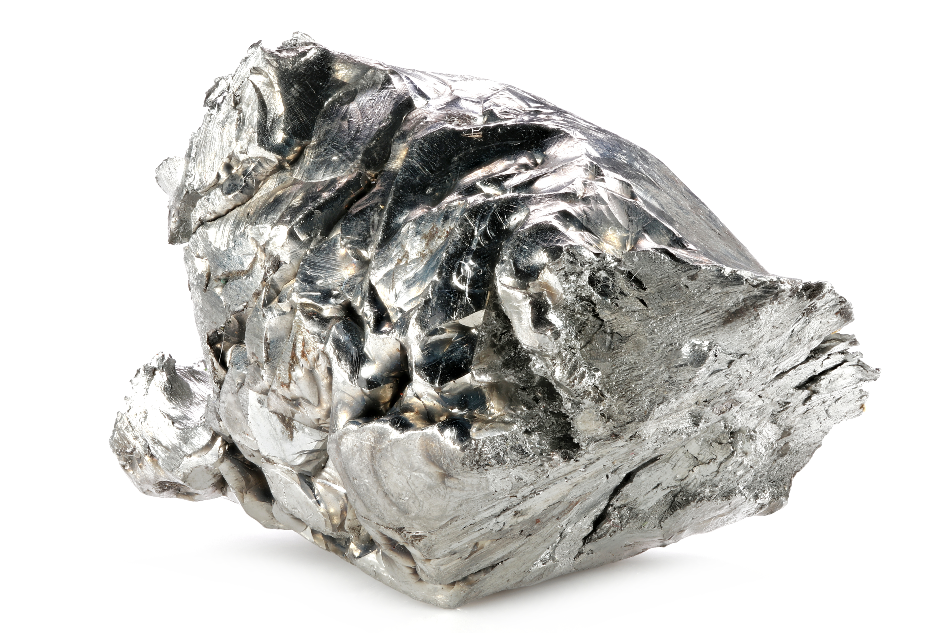Dec 19 2001

Bjoern Wylezich / Shutterstock
The existence of hafnium (Hf) was anticipated many years before it was initially identified. Coster and Von Hevesey recognized hafnium in zircon from Norway, through X-ray spectroscopic analysis in 1923.
Before that period, hafnium was assumed to be present in various minerals and concentrations. On the basis of the Bohr theory, the metal was expected to be related to zirconium. A majority of zirconium minerals contain 1%–5% hafnium.
Initially, Von Hevesey and Jantzen separated hafnium from zirconium through repeated recrystallization of the double potassium or ammonium fluorides. Van Arkel and deBoer were the first to make metallic hafnium by passing the tetraiodide vapor over a heated tungsten filament. Most of the hafnium metal produced is made by reducing the tetrachloride with sodium or magnesium, referred to as the Kroll Process.
The two most difficult elements to separate are zirconium and hafnium. The chemistries of these elements are almost similar, excluding their densities where hafnium is twice that of zirconium. It is not surprising to know that zirconium is the main impurity in hafnium and vice versa.
Hafnium has a bright silver luster and is naturally ductile. The metal has a tightly-packed hexagonal crystal structure. It also has excellent resistance to corrosion and displays exceptional mechanical properties. However, hafnium’s properties are highly affected by the extent of zirconium impurity.
Finely divided hafnium powder is pyrophoric and can readily ignite in air.
Hafnium is impervious to concentrated alkalis but reacts with carbon, nitrogen, oxygen, silicon, sulfur, and boron. It directly reacts with halogens to form tetrahalides at high temperatures.
Hafnium also has a good absorption cross-section for thermal neutrons (around 600 times that of zirconium).
Applications
Hafnium has good neutron-absorbing properties, and hence it is used in control rods in nuclear reactors.
While hafnium nitride is the most refractory of all the metal nitrides, hafnium carbide is the most refractory of all the binary materials.
Hafnium is also used in the following applications:
- As a getter for nitrogen and oxygen
- Gas-filled and incandescent lamps